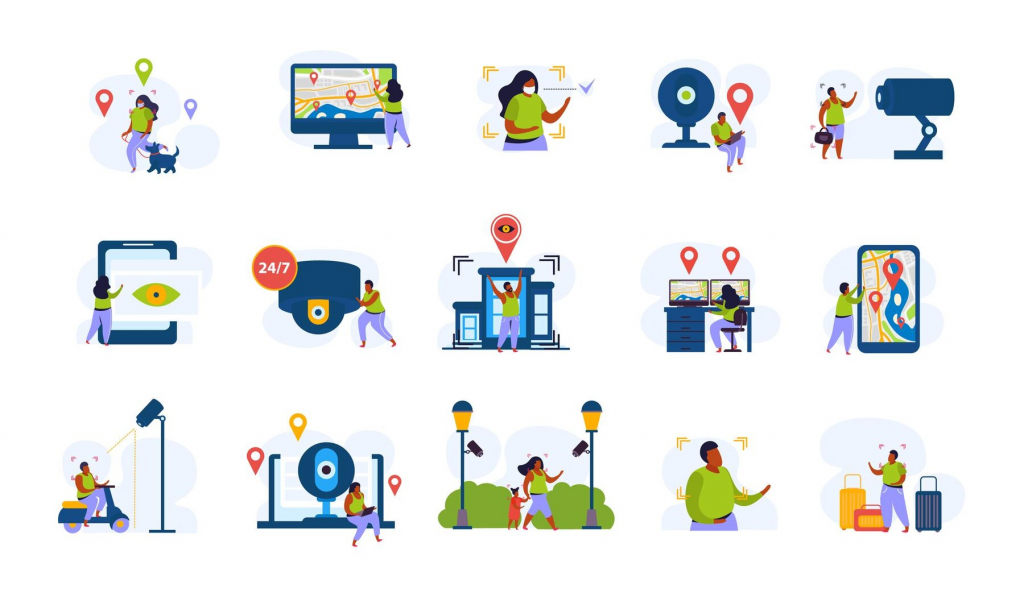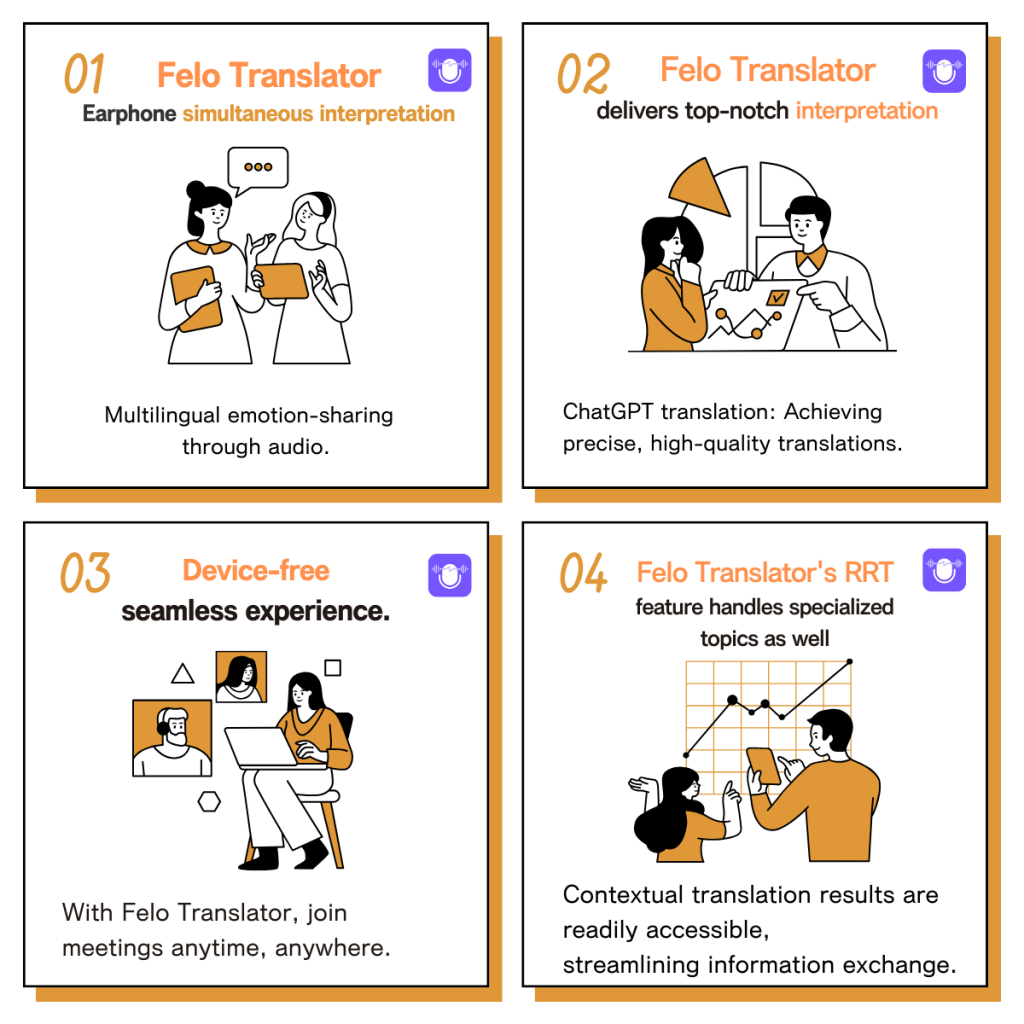In recent years, our lives have changed significantly due to the development of AI technology. AI is becoming active in various fields such as image recognition, voice recognition, and natural language processing.
However, in order for AI to demonstrate advanced capabilities, it requires large amounts of learning data. An operation called annotation plays an important role in preparing the training data .
This time, we will explain in detail about annotations, including their meanings, types, work details, precautions, and usage examples.
What is annotation?

Annotation is the process of adding information called tags and metadata to data such as text, audio, images, and videos .
For example, you can add labels such as “cat” and “dog” to image data, tags such as “speaker A” and “speaker B” to audio data, and tags such as “document type” and “author” to text data. You can also add information such as “topic”.
Information added through annotations is called metadata , and is additional information that makes data easier to understand and utilize.
The importance of annotations in AI/machine learning
In AI and machine learning, annotation is an essential task for creating training data . Training data is the correct answer data for the AI model to learn , and the metadata added by annotation is the training data.
For example, in order for image recognition AI to distinguish between “cat” and “dog,” it is necessary to label each cat and dog image with “cat” and “dog.” In this way, annotations play an important role in creating high-quality training data.
The quality of training data has a significant impact on the accuracy of AI models . AI models trained with high-quality training data can recognize images with higher accuracy.
Annotation type
There are various types of annotations. The typical types are as follows.
- Image annotation : Add tags, borders, etc. to image data.
- Audio annotation : Tag audio data with speaker, language, emotion, etc.
- Text annotation : Tag text data with document type, author, topic, etc.
- Video annotation : Tag video data with people, objects, actions, etc.
- Emotional annotation : Tag the emotions contained in text, audio, and video data.
In recent years, a technology called automatic annotation has developed, and tools that automatically perform annotation using AI have also appeared.
Specific work details of annotation
The specific work content of annotation varies depending on the type of data and purpose, but it is generally performed in the following steps.
- Data preparation : Collect the data to be annotated. Various types of data are eligible, including image data, audio data, text data, and video data.
- Creation of annotation guidelines : Create guidelines that serve as annotation standards. Guidelines define tagging rules and the types of metadata to be added.
- Select an annotation tool : Select a tool for annotation work. There are various annotation tools, each with different features and prices.
- Annotation work : We will actually add annotations to the data. There are two types of annotation work: manual work and automatic work using AI.
- Data quality control : After completing the annotation work, we control the quality of the data. Check that there are no errors in the data and that it is consistent.
Notes on annotations
When annotating, you should keep the following points in mind:
- Thoroughly following annotation guidelines : By strictly following annotation guidelines, data quality can be unified.
- Preventing human errors : Manual annotation tasks can introduce human errors. Quality control must be thorough to minimize the occurrence of errors.
- Eliminating bias : Data can be biased by the person doing the annotation work. In order to eliminate the influence of bias, it is important to perform annotation work with people with various attributes.
Annotation usage examples
Annotations are used in various fields. Below are some typical usage examples.
- Image recognition : Used to create training data for image recognition AI to learn.
- Speech recognition : Used to create training data for speech recognition AI to learn.
- Natural language processing : Used to create training data for natural language processing AI.
- Medical : Used for analyzing medical images and diagnosing patient conditions.
- By annotating the location and size of lesions on medical images such as CT images and MRI images , it is possible to improve diagnostic accuracy using AI.
- By annotating text data such as patient medical records and test results , AI can be used to predict patient conditions and formulate treatment plans.
- Agriculture : Used to understand the growth status of agricultural crops and the occurrence of pests and diseases.
- By annotating farm images taken by drones or satellites with information such as crop types and growth conditions , AI can streamline crop management.
- By annotating images of leaves and stems of agricultural crops with information such as the type and occurrence of pests , it becomes possible to detect and control pests early using AI.
- Manufacturing industry : Used to inspect products and detect defective products.
- By annotating defects such as scratches and defects on product images taken on the production line , automatic inspection using AI becomes possible.
- By annotating data obtained by measuring product appearance , dimensions , etc., it is possible to streamline product quality control using AI.
- Others : In addition to the above, annotations are used in various fields.
- Retail industry : Used to analyze product display status and customer behavior.
- Construction industry : Used to manage the progress of construction sites.
- Financial industry : Used to analyze customer transaction history and asset status.
summary
Annotation is an important task essential to the development of AI and machine learning. By improving the quality of training data, you can develop more accurate AI models.
In the future, it is expected that automatic annotation technology will further advance due to the development of AI technology.
Annotations are used in a variety of fields and are expected to become increasingly important in the future.
Efficient and accurate real-time translator tools to improve your work — Felo Translator

What is Felo Translator ?
Felo Translator is an AI simultaneous interpretation app equipped with GPT-4 engine and RRT technology. Quickly and accurately translate audio from over 15 foreign languages including English, Spanish, French, German, Russian, Chinese, Arabic, and Japanese. Supports downloading of original and translated texts to help you learn accurate expressions and pronunciation. As a large-scale language model, ChatGPT accurately conveys the passion, expression, and dramatic effect of the stage, allowing audiences to fully understand and enjoy the excitement brought by different linguistic cultures.\
How can Felo Translator assist simultaneous interpreters?
Felo Translator supports beginners in simultaneous interpretation and solves problems by leaving no notes behind and more accurately translating technical terms.
Simultaneous interpretation is a complex and highly technical task, requiring interpreters to have solid language skills, a wealth of specialized knowledge, and a good sense of teamwork. Only continuous learning and improvement of one’s translation skills can make one qualified for this important translation task and contribute to the smooth progress of international communication.
iOS Download | Android Download
Click here for related information 👇
How to Write Polite Reservation Emails?
How to Write Polite Reservation Emails?
